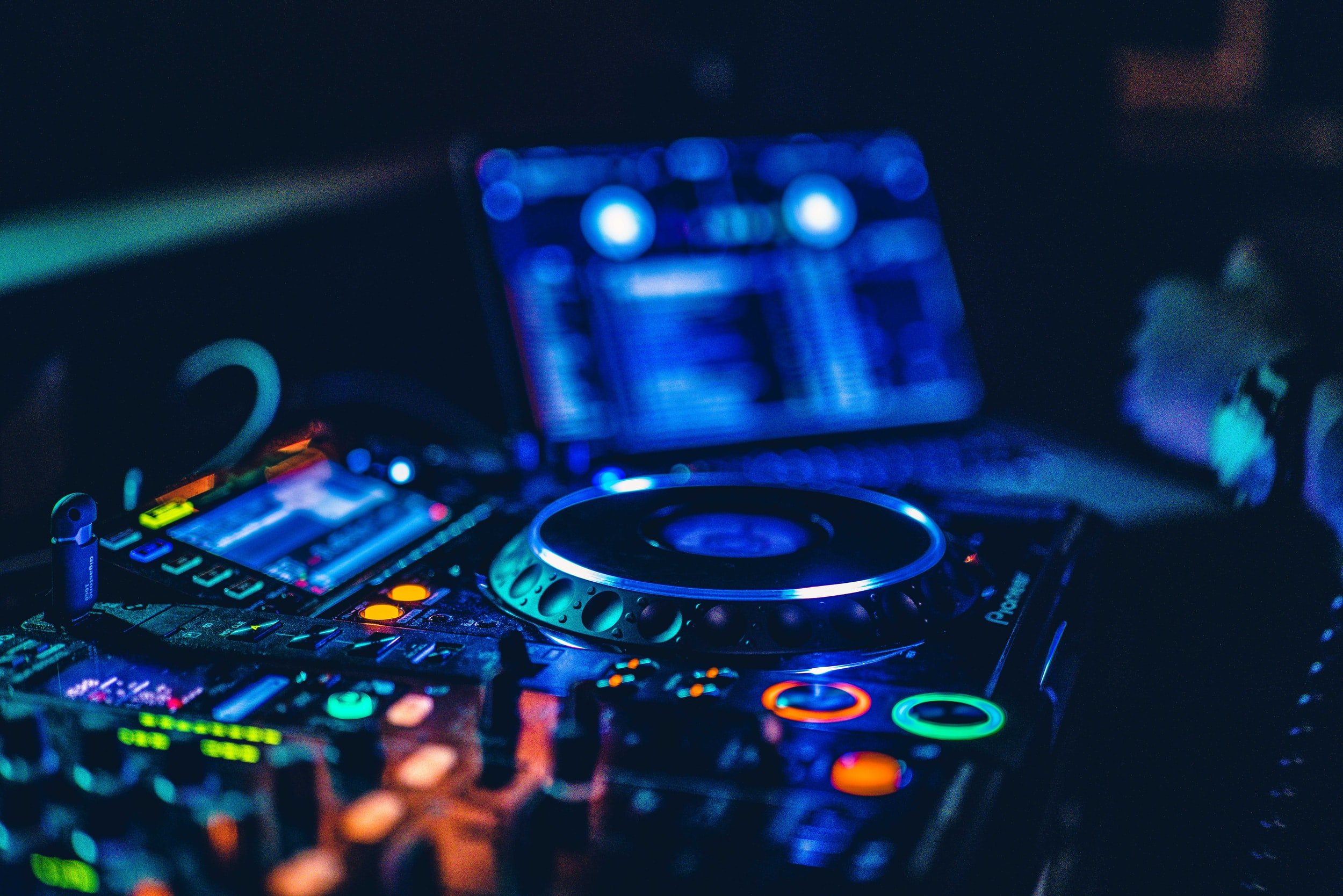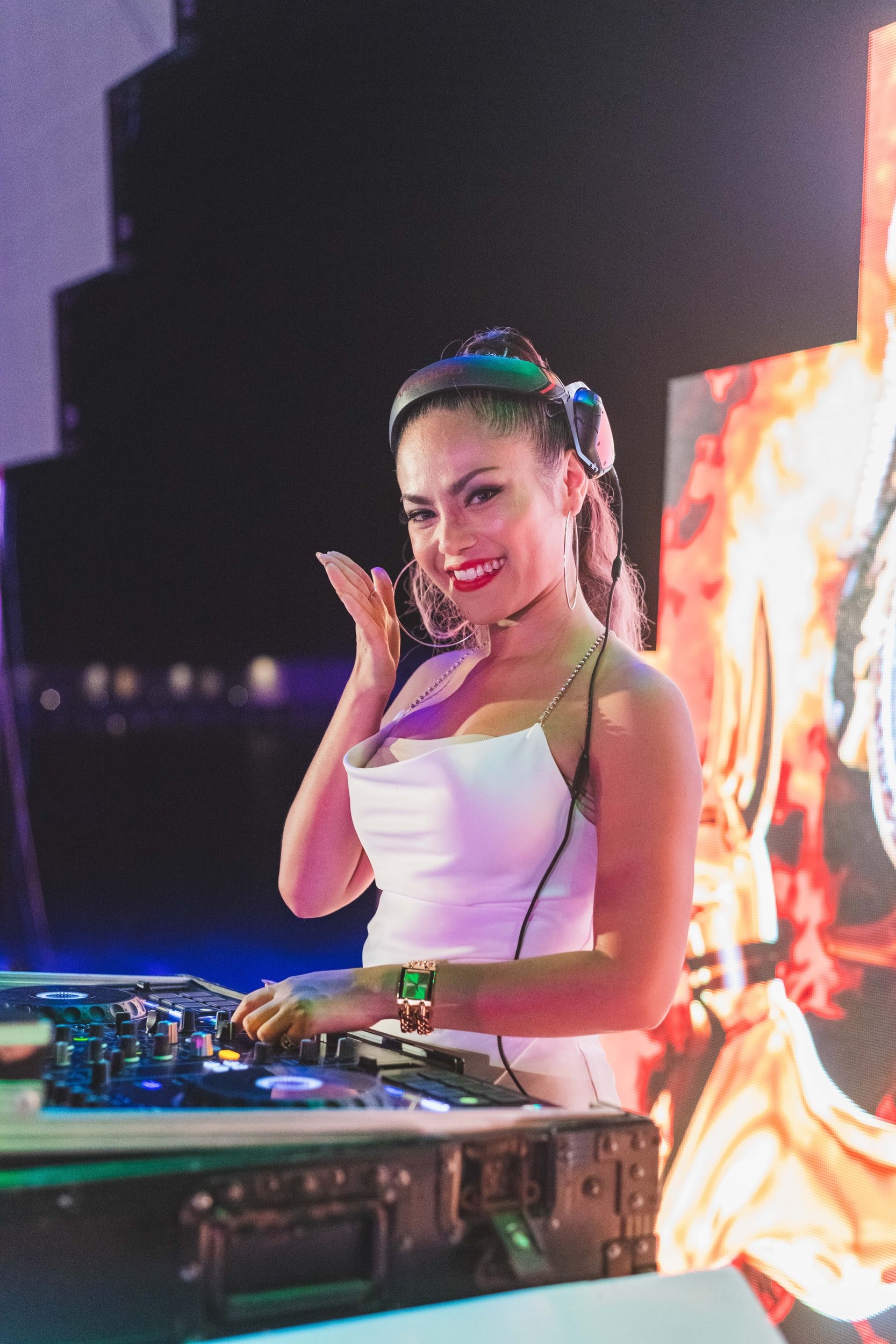Where there are DJs, there are wires. Sometimes too many. Wires there so many? But seriously, there are a few companies trying to make DJing more painless and less wired by providing cable-free connections between decks, mixers, headphones and monitors. Let’s check ‘em out and expand our professional DJ gear knowhow.
What DJ gear most needs wires?
The main audio connection between the mixer and the front of house speakers. Don’t mess too much with that. Audio wireless connections are pretty stable these days, but if there’s one thing you don’t want to fail, it’s the sound hitting the floor. A finicky wireless connection between, say, MIDI controller and mixer causing playback issues might delay a cue trigger, but you can usually find a workaround before the track playback ends. So if you’re aiming for wires anywhere, make them on the master output.
Wireless DJ Headphones
Wireless headphones are pretty common, and thankfully so. When DJing, the most annoying wire is the one connecting you to your decks. It snags on your elbow or loops over items on your surface. If you’re not careful, it can even sometimes pull your master fader up or down! A solution like the Aiaiai TMA-2 Studio Wireless headphones is one option. It sends high-quality audio over a local bluetooth connection enabled by a little transmitter you plug into your mixer.
Latency issues when DJing
One general rule about wireless DJing: make sure your wireless connection is able to handle the volume of data you’re trying to send. So if you’re on a wifi connection (preferably a local hotspot and not the venue’s wifi), don’t try to send high-quality audio over a Bluetooth connection unless it’s designed to do so. Likewise, Bluetooth will work fine for the lower data rates required by MIDI controllers, which transmit a lot less information.
Wireless DJing can be a thing, but we’re not quite there yet. Cables are still just too reliable, albeit inconvenient, and we’re still miles away from wireless power transmission. Either way, it looks like cables are here to stay for a while. Here’s to dreaming of a day when DJs can easily perform wirelessly outdoors! Until that day, stay on top of your game with one of the DJ courses offered by DJ Courses Online.









































